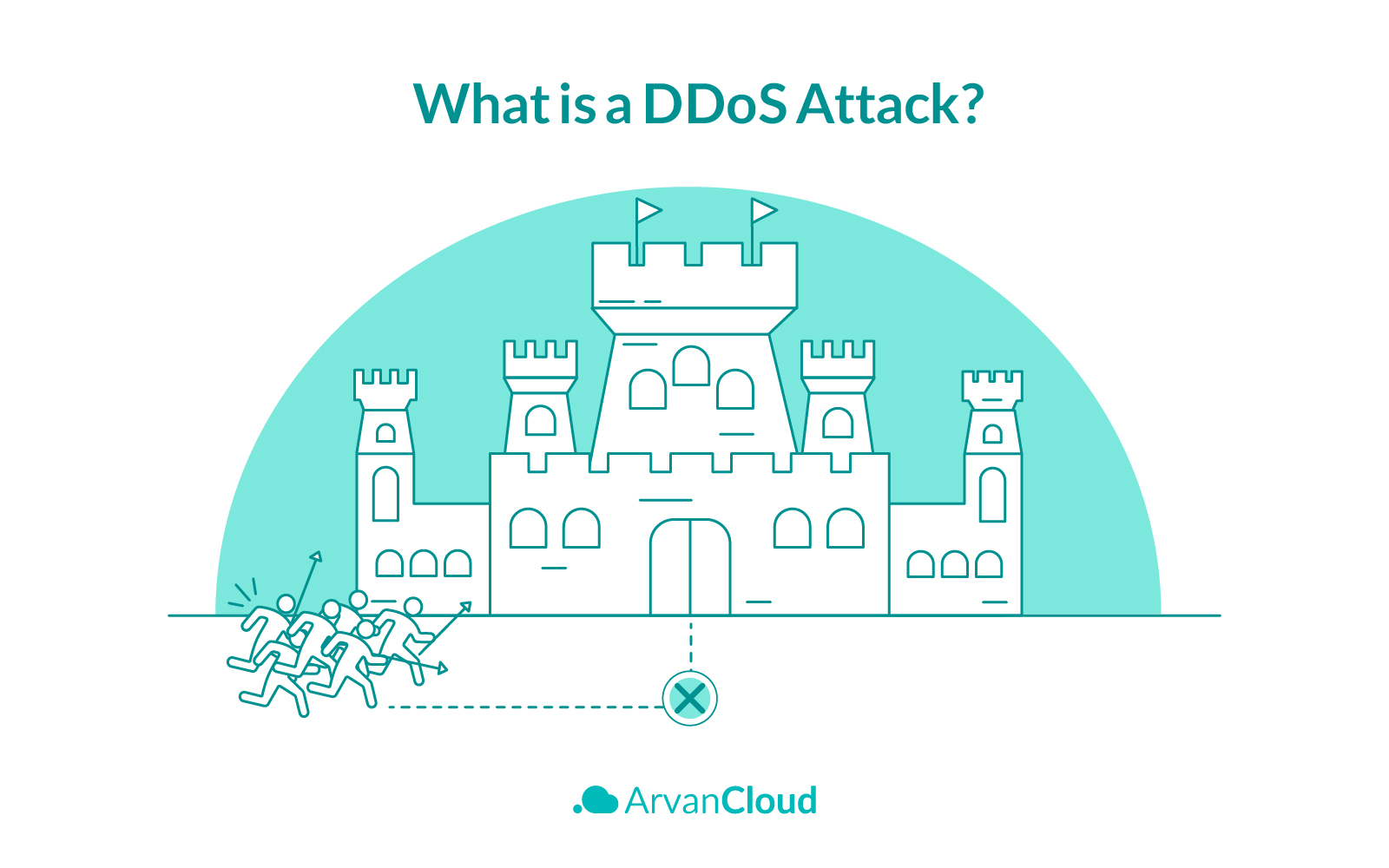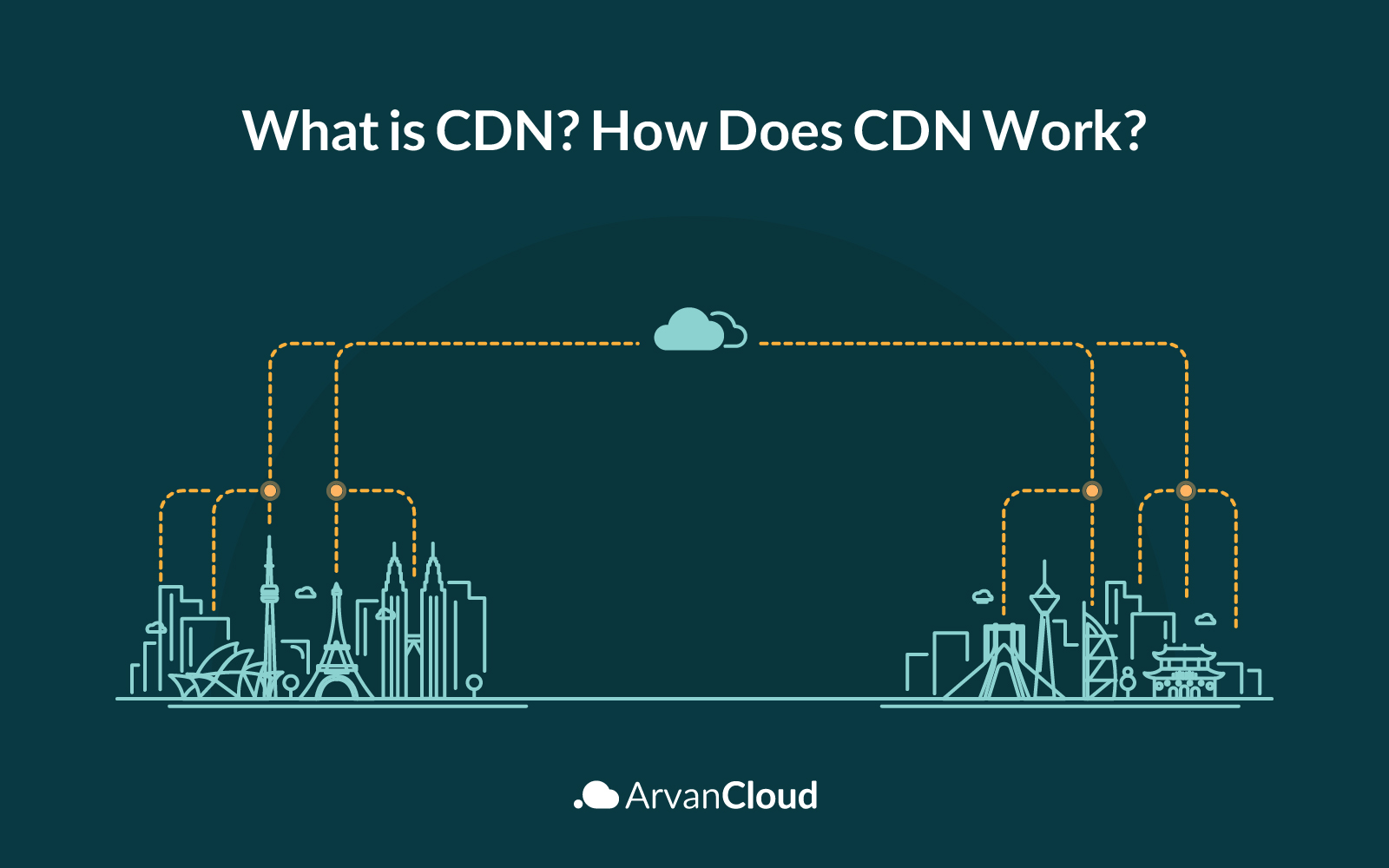
In an era of increasing growth of unstructured data, Cloud Storage is helping many companies by offering capacity-on-demand and more considerable benefits. At the same time, object storage is also improving the storage system, eliminating outdated concepts. In a way, we can say that the simplicity, scalability, and accessibility of object storage are aligned with cloud service solutions.
You can also read Cloud Solutions for Small Businesses. In this post, we will discuss some of the important features of Object Storage.
What is Cloud Storage?
Cloud storage is a unique technology for storing data involving transmitting data through the internet to remote systems which can be stirred, managed, backed up, and made accessible to users via the internet. In Cloud storage, data will reside on distributed storage servers controlled by third parties, servers within a company’s data center, or both.
Read More: What is Cloud Storage? And How Does It Work?
What is Object Storage?
In our article Object vs. File vs. Block Storage: Storage Pros and Cons we’ve reviewed different cloud storage types and some of their pros and cons. Besides those options, the cloud storage solution is the ultimate answer to all the data storage needs. Object storage is a system of storing unstructured data in the cloud.
In the cloud, object storage data will be managed as objects rather than as files within a complex hierarchical format. An object can contain data, metadata, a unique global identifier that enables the data to be found in a vast distributed system. Objects can be stored in various data centers located across the world. These are some of the key characteristics of object storage on its own:
- All the objects in object storage have a URL.
- All the objects have their own metadata.
- The objects’ replicas are stirred in as-unique-as-possible zones to increase durability and availability.
- The levels of durability can be defined based on storage policies.
- Objects can be located across the cluster.
- Data does not need to travel to an entirely new storage system.
- New nods can be added to the cluster without downtime.
- Failed disks and nods can be swapped out without downtime.
For all its valuable features, object storage goes hand in hand with cloud environments which can deliver multi-tenant storage as a service. This allows many organizations and companies to share the same storage repository and access separate storage spaces. It makes it possible to manage scale and costs. The on-site IT infrastructure will be reduced as well. Let us look at the most important features cloud object storage will offer.
Important Features of Object Storage
There are many reasons to consider cloud object storage solutions to store data, especially in this era of internet communication and digital technologies, which have large volumes of multimedia data at an increasing rate. Cloud object storage brings many benefits and flexibility offered by the cloud. It makes it possible to increase or reduce the storage based on specific requirements. Following is the answer to “What Are the Most Important Features of Object Storage?”
1. Managing Unstructured Data
Based on analysts’ assumptions, unstructured data will represent most of all data soon, and cloud object storage can manage unstructured data very well.
The volume of web-generated content is growing as it includes videos, social media, documents related to IoT devices, email, and more. Unstructured data or static data will be needed at any time, anywhere, through any device.
Cloud object storage is delivered as a Storage-as-a-service (SaaS) application via the internet. It uses HTTP as its primary protocol to access object storage pools. This will simplify the process of cloud storage providers to integrate object storage systems into their service.
Cloud object storage is the perfect option for long-term data retention. It can simply replace traditional archive systems like NAS. It can archive and store data easily, especially the data that must be retained for extended periods of time. Cloud object storage can store and manage large amounts of data of rich media content in a cost-effective way.
2. Scalability
The most popular feature of cloud object storage is unlimited scalability. Objects or discrete data units will be stored in a structurally flat data environment in a storage device. It is possible for additional processing and higher support to add more devices and servers in parallel to an object storage cluster.
3. Less Complexity
With cloud object storage, the complexity of a hierarchical file system with many folders and directories will be eliminated. There will be less potential for performance delay, and the efficiency will increase once retrieving data. Since there are no directories, folders, and complex hierarchies to navigate, the performance will speed up, particularly for managing large quantities of data.
4. Instant Disaster Recovery and Availability
It is possible to configure cloud object storage systems so that they replicate content. When a disk fails, a duplicate disk is available. This will ensure that the system will be up and running with no interruption or performance degradation. Data will be replicated within nods and clusters and among distributed data centers for additional back-up off-site across the geographical regions.
Cloud object storage is an efficient alternative to backup solutions that require tapes. The tapes need to be physically loaded into and removed from drives and moved off-site for redundancy. Cloud object storage makes it possible to back up on-premise databases to the cloud automatically. It allows additional backup off-site across geographical regions to ensure instant disaster recovery.
5. Affordability
Cloud object storage uses a pay-as-you-go payment method that needs no upfront costs or capital investment. Users can pay a monthly subscription fee for a specific amount of storage capacity, API transactions, data retrieval, and bandwidth usage. Piercing can be tiered-based or volume-based, which will reduce the costs.
The other cost-saving option here is related to the use of commodity server hardware. Object storage has limited hardware constraints and can be deployed on most configured commodity servers.
Also, the complexities and restrictions of outmoded file systems related to traditional NAS or SAN storage can offset cloud storage’s potential cost saving by complication administration, limiting scalability, and enforcing vendor lock-in with expensive hardware.
6. Customizable Metadata
In object storage, each object is a self-contained repository, including metadata. Objects will use the metadata for essential functions like policies for retention, detention, routing, disaster recovery, and validating content authenticity. It is possible to customize the metadata with additional context that can be used to perform business insights and analytics about customer services, market trends, and more.
Finally
In this article, we highlighted some of the critical features of cloud object storage. Cloud service providers will implement these features based on their product architectures. When deciding which platform is right to employ, some of these features are more valuable than others. ArvanCloud Object Storage provides you with maximum availability, monitoring, restoring, and protecting your data.








